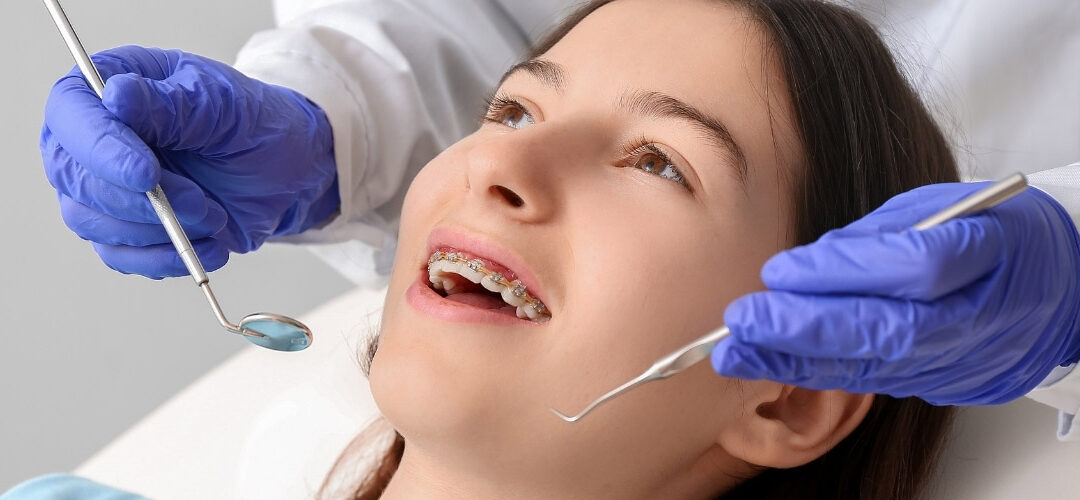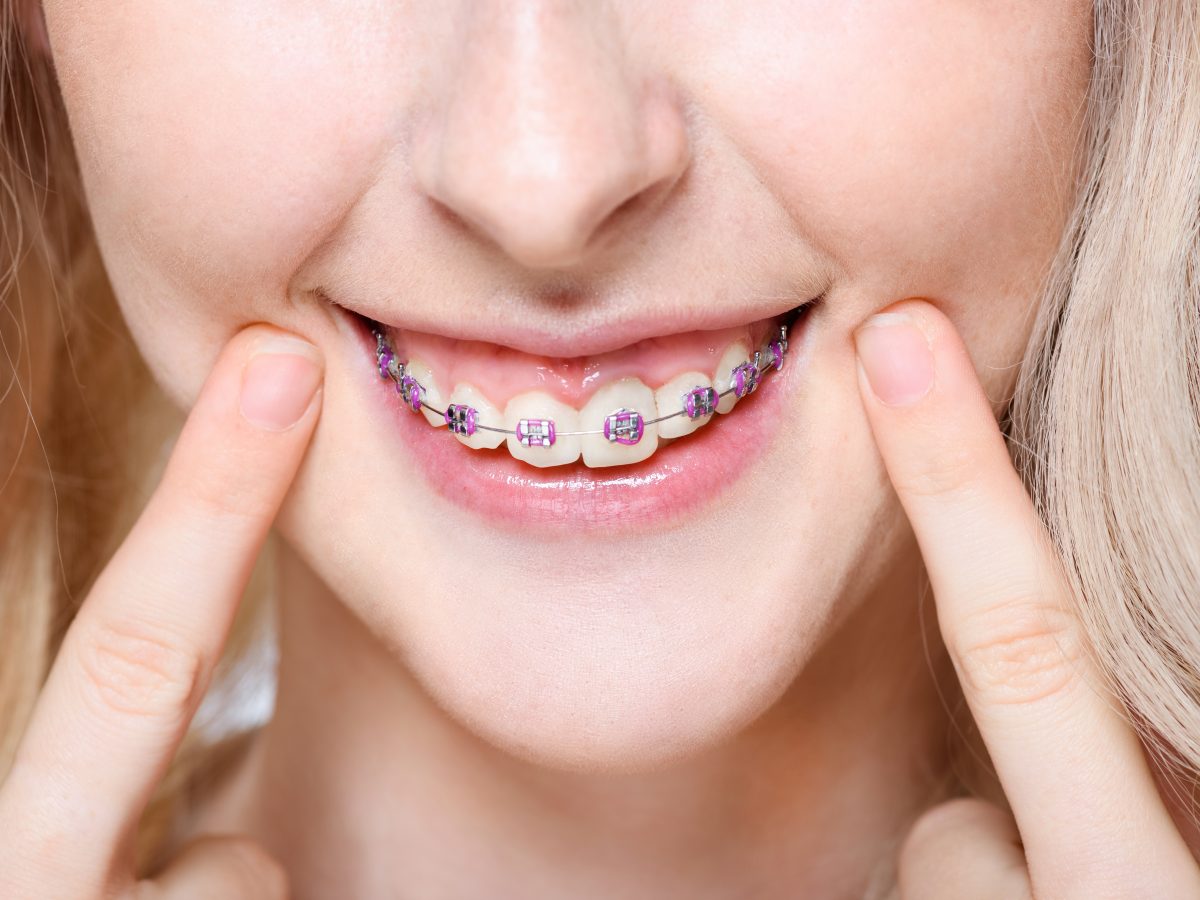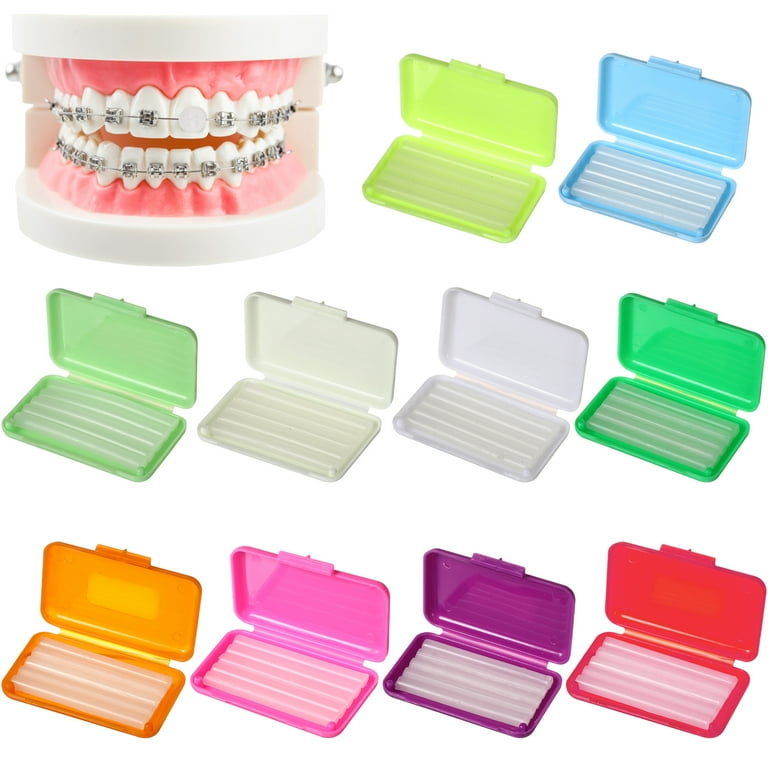Comprehensive Overview to Orthodontics Treatments for Remedying Dental Misalignments
Comprehending the complexities of each treatment, including their systems, benefits, and prospective downsides, is vital in making informed choices about one's orthodontic treatment. As we browse through the comprehensive guide to orthodontic treatments for fixing dental imbalances, the intricate details of each method will unravel, losing light on the course towards a harmonious and functional oral positioning.
Orthodontic Procedures Introduction

Along with traditional braces and clear aligners, orthodontists may also recommend other treatments like headwear, palatal expanders, or retainers to resolve details positioning issues (cumming orthodontist). These treatments are customized to each patient's special requirements and may include a combination of therapies to attain the desired outcomes. Routine modifications and monitoring are important components of orthodontic therapy to make certain progression is on track and to make any kind of necessary adjustments along the road. By going through orthodontic procedures, individuals can not only attain a straighter smile yet also improve their total dental health and function.
Traditional Braces: Just How They Work
When thinking about orthodontic treatments for oral imbalances, standard braces stand apart as a tried and true technique for correcting teeth placing. Standard braces contain braces, cords, and bands that interact to apply continual stress on the teeth, progressively relocating them right into the wanted placement. The braces are affixed to the teeth using a special adhesive, and the cables are threaded via the braces. By adjusting the stress of the cords, orthodontists can regulate the direction and force put on each tooth, leading them right into appropriate placement over time.
As stress is applied to the teeth through the dental braces, the bone surrounding the teeth is reshaped to sustain the brand-new tooth positions. Clients will certainly need routine adjustments at the orthodontist's workplace to ensure the dental braces proceed to apply the right pressure for efficient teeth movement.
Unnoticeable Aligners: Cons and pros
Invisible aligners provide a practical and discreet option to traditional braces for correcting dental misalignments. These clear, tailor-made trays are basically invisible when worn, making them an attractive choice for individuals seeking a much more cosmetically pleasing orthodontic therapy. Among the primary advantages of unseen aligners is their removability, permitting easier maintenance of oral health contrasted to typical dental braces. Patients can Get More Info eliminate the aligners before eating or cleaning their teeth, lowering the risk of food obtaining stuck in the home appliance and streamlining the cleansing procedure.

Surgical Orthodontic Options
Surgical interventions in orthodontics present practical alternatives for addressing complex dental imbalances that might not be efficiently settled through standard orthodontic treatments. While typical braces and invisible aligners can fix Continue lots of orthodontic issues, certain instances need medical treatment to attain ideal results. Surgical orthodontic choices are usually advised for extreme malocclusions, considerable jaw discrepancies, and cases where the underlying bone structure needs modification to attain proper placement.
One typical medical orthodontic procedure is orthognathic surgical treatment, which includes rearranging the jaws to deal with useful problems such as problem talking or chewing. This surgical treatment is typically executed in collaboration with an orthodontist who helps line up the teeth prior to and after the treatment. Surgical orthodontics might likewise involve procedures to reveal impacted teeth, remove excess gum tissue, or reshape the jawbone to develop an extra harmonious face account.
Prior to considering medical orthodontic options, people undertake a comprehensive analysis to figure out the necessity and prospective advantages of such treatments. cumming aligners. While surgical procedure might appear complicated, it can considerably boost both the function and aesthetic appeals of the smile in situations where conventional orthodontic treatments drop short
Retainers and Post-Treatment Treatment

Failure to abide with post-treatment treatment directions can result in relapse, where the teeth gradually move back towards their original placements. Constant retainer wear, good dental hygiene, and normal dental check-ups are important for keeping the results achieved through orthodontic surgical treatment and guaranteeing the lasting stability of the dealt with dental placement.
Final Thought
In conclusion, orthodontic procedures use various options for fixing oral misalignments. Surgical orthodontic options are available for extra severe misalignments. Generally, orthodontic procedures can successfully boost oral wellness and visual appearance.
As we navigate through the detailed guide to orthodontic treatments for remedying oral misalignments, the elaborate information of each technique will certainly unfold, losing light on the path towards a harmonious and useful dental placement. - invisalign
One of the most common orthodontic therapies is the use of dental braces, which are composed of metal braces and wires that use gentle stress to slowly shift teeth right into the preferred setting.When thinking about orthodontic treatments for oral misalignments, typical braces stand out as a reliable approach for dealing with teeth positioning. Additionally, invisible aligners might not be appropriate for complicated orthodontic problems that need more significant teeth motion, as they are commonly recommended for mild to modest situations. Retainers are custom-made orthodontic devices made to hold teeth in their dealt with placements after the completion of orthodontic therapy.
Comments on “What Establishes Cumming Braces and Aligners In Addition To Various Other Orthodontic Treatments”